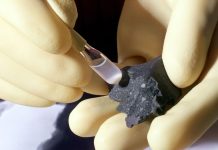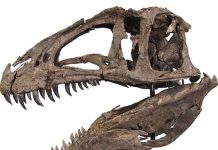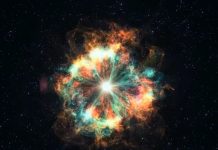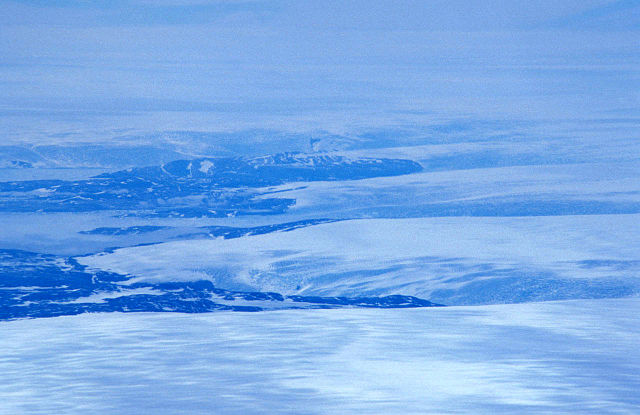
By Jim Brace-Thompson
Feeling Wobbly Lately? Here’s Why!
While the popular imagination sees a universe that moves in perfect harmony, perfection couldn’t be further from the truth.
For instance, our own Earth doesn’t spin perfectly on its axis. It wobbles. And a recent study published in the journal Earth & Planetary Science Letters pins that wobbling to three factors: the massive layer of ice on Greenland, land areas that rise when ice sheets melt, and—down deep—changes in the Earth’s mantle.
These scientists say that massive melting of the Greenland ice sheet (as much as 7,500 “gigatons” of ice over the course of the 20th century) is impacting our wobbles. As tiny little specks on the face of the Earth, we humans don’t feel such wobbles, but they are important in, for instance, obtaining accurate results with GPS and receiving accurate data from Earth-observing satellites. As the old advertising jingle goes, “Weebles wobble, but they don’t fall down.” But your GPS just might!
Out of Africa: First of the Truly Big Dinos
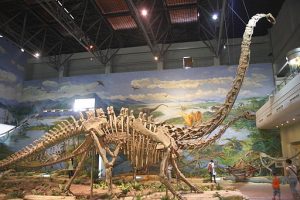
What weighed 26,000 pounds, stood 13 feet at the hip, and was the largest land animal on Earth in its day? Say hello to Ledumahadi mafube, a new giant dinosaur discovered in South Africa.
Per a paper in the journal Current Biology, this critter is considered to be the first “true giant” in the line of dinosaurs known as sauropods, which includes such beloved critters as Brontosaurus, AKA Apatosaurus. Apparently, everything comes out of Africa!
First “Exomoon” Detected?
Every so often, we are surprised to discover a new moon orbiting our nearby planets. For instance, in July of this year a dozen tiny moons were added to the roster of those orbiting Jupiter, a planet which humans have gazed upon forever. If it’s hard to detect moons here in our own neighborhood, imagine the challenge of detecting moons far, far away. How far? Try 8,000 light-years from Earth!
Using data from the Kepler and Hubble space telescopes that analyze slight wobbles in light coming from a distant star, astronomers believe they’ve detected the tell-tale signs of a Jupiter-size planet with a Neptune-size moon. If confirmed, this will mark the discovery of the first moon outside our own solar system, or the first so-called “exomoon”.
Author: Jim Brace-Thompson
 Founder and overseer of the AFMS Badge Program for kids.
Founder and overseer of the AFMS Badge Program for kids.
He’s also an inductee of the National Rockhound & Lapidary Hall of Fame within the Education Category.


